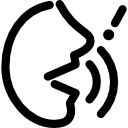A Full-Service Center For Children With
Autism

Every child enrolled at Ally Behavior Centers has a diagnosis of Autism Spectrum Disorder (ASD). Applied Behavior Analysis (ABA) is the primary service delivered to every client enrolled with us for up to 40 hours a week because it is the most intensive and most recommended.
Many of our clients receive ABA only, however, the majority take advantage of our collaborative approach and enroll in speech and occupational therapy too.
What Is ABA?
ABA is the scientific approach to understanding human behavior guided by a set of principles that focus on how behaviors change or are affected by the environment, as well as how learning takes place.
The term behavior, in this case, refers specifically to the skills and actions needed to talk, play, and live.
This is why we have a variety of environments at each center, some structured like an academic setting, some natural like an open play space, in order to emulate the real world for a child between the ages of 18 months to 6 years old.

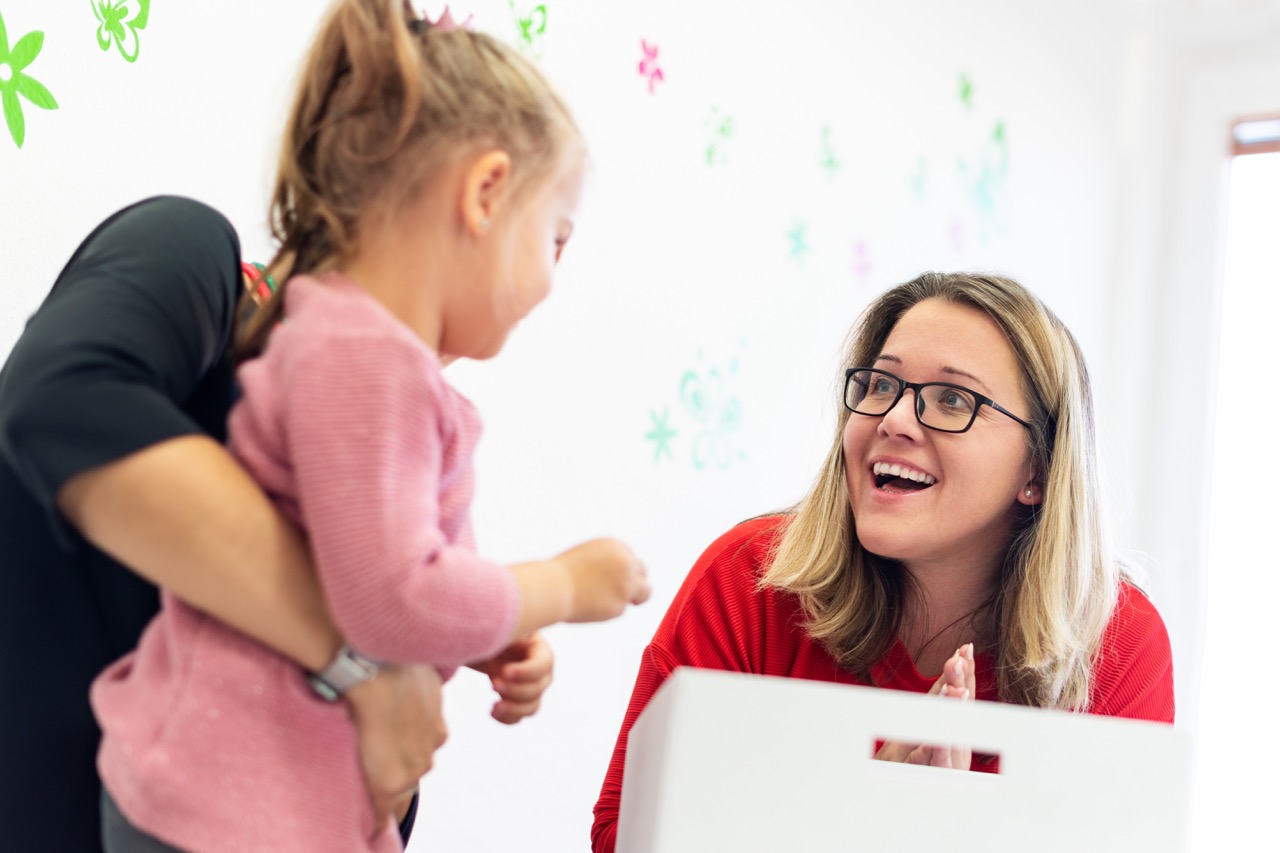
Who Are Our Clinicians?
At Ally Behavior Centers our Board Certified Behavior Analysts (BCBAs), are our Clinical Supervisors. They are masters and doctorate level clinicians who develop unique behavioral treatment plans, set client goals, collaborate regularly with each client’s health care team, lead parent training and conduct official behavioral assessments for a maximum caseload of eight clients at a time.
BCBAs closely supervise the RBTs or registered behavior therapists who rotate throughout the day with clients while maintaining a 1:1 ratio.
1:1 - All The Time!
Registered Behavior Technicians (RBTs) and Behavior Therapists (BTs) make up the rest of our ABA team at Ally Behavior. These are nationally recognized para-professionals who are closely supervised and rotate throughout the day with each client maintaining a 1:1 ratio. They provide direct behavior-analytic services. Each client works with a set of two to four therapists daily in addition to BCBAs and the center’s Clinical Director.
As a team, they continually collect data using a variety of techniques in each of our environments to do skill-building work identified within that client’s unique behavior plan developed by the BCBA.

Our Curriculum
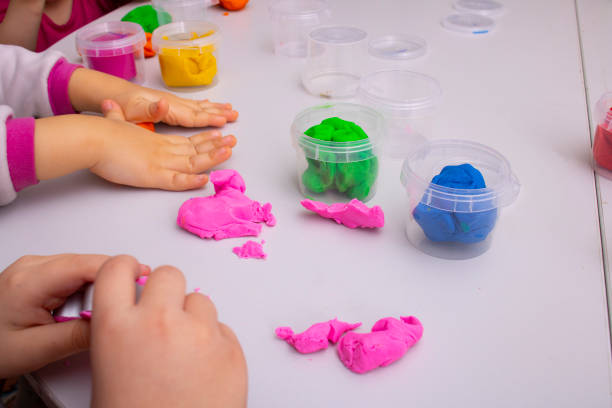
Our ABA team teaches and evaluates each client using a variety of curricula, all based on the principles of ABA. For assessments and creating appropriate goals, we use Essentials for Living, Verbal Behavior Milestones Assessment Placement Program (VB MAPP), Preschool Life Skills, milestones proposed by the CDC, and observation of each client. Curriculum developed for clients are based on the assessments and observations, and research using evidence-based behavioral expertise. We develop a curriculum for behavior challenges, communication, and daily living skills (including toileting and feeding).
Effective Therapy Integration

At Ally Behavior Centers, our team providing early intervention autism treatment uniquely includes speech and language pathologists (SLPs) and occupational therapists (OTs). You may hear us refer to these specialists as our Allied Health Team. Each of them is specially trained in early intervention and working specifically with children on the autism spectrum.
Speech and occupational therapy for a child with autism are coordinated and wrapped into the child’s overall treatment plan with sessions custom-designed for each child’s unique needs. Children are able to have access to their assigned specialists on a regular basis and not be limited to isolated sessions or be negatively impacted by lost therapy time commuting to another location.
We Work As A Team
When our specialized therapists work alongside BCBAs and RBTs, this full-service approach creates a collaborative clinical delivery method that allows for more concentrated attention to solving complex behavior. ABA, speech therapy and occupational therapy have overlapping elements so with this approach, no therapeutic progress is lost because everyone is on the same page.
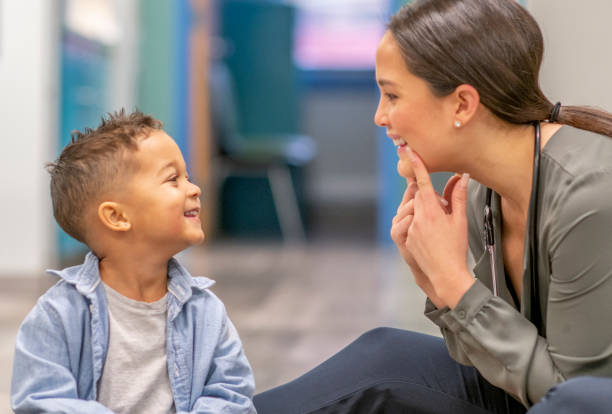
Speech Evaluation & Therapy
For children enrolled in our ABA therapy program who have been referred for speech therapy by a medical provider, they can access these services within the first few months of enrollment or whenever a medical provider makes the referral.
Together, with full collaboration from every clinician assigned to a child and their caregivers, goals are designed and set so each child is always working towards more useful and functional ways to communicate with the world around them.
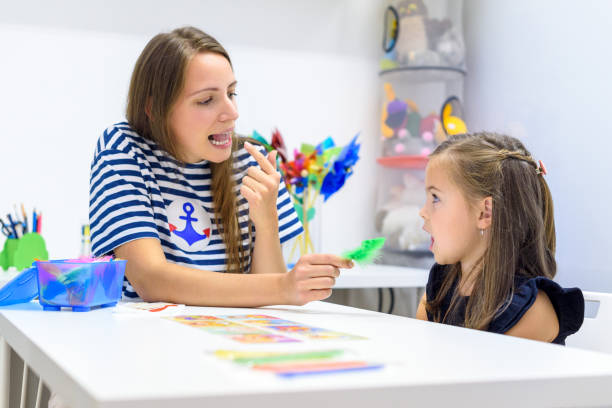
Children in need of speech therapy are evaluated using standardized and non-standardized assessments selected based on a child’s age and skill set. Parent training often incorporates our speech professionals.
Engaging and encouraging parents to use modeled strategies in their homes helps to bridge concepts utilized in the center.
Parents are always invited to participate in evaluations, which are completed every 6-12 months for the duration of therapy service timelines.
Our experienced Speech & Language Pathologists or SLPs,
are trained experts in:
Common goals associated with speech therapy include but are not limited to:
Occupational Evaluation & Therapy
It’s also very common for children enrolled in our ABA therapy program to have their medical provider recommend occupational therapy.
It naturally augments ABA by supporting cognitive, social, motor, and physical development.

Children in need of occupational therapy are evaluated using a range of assessment tools
to see how well they learn, play, care for themselves, and interact with their environment.
Standardized measures used most often include the Peabody, BOTT2, and Sensory Profile. It is not uncommon for the occupational therapist to participate in regularly scheduled parent training and for unique sessions to take place with regards to highly prioritized challenges such as feeding. Once receiving therapy, each child is re-evaluated every 6-12 months. Session frequency is determined based on individual needs.

